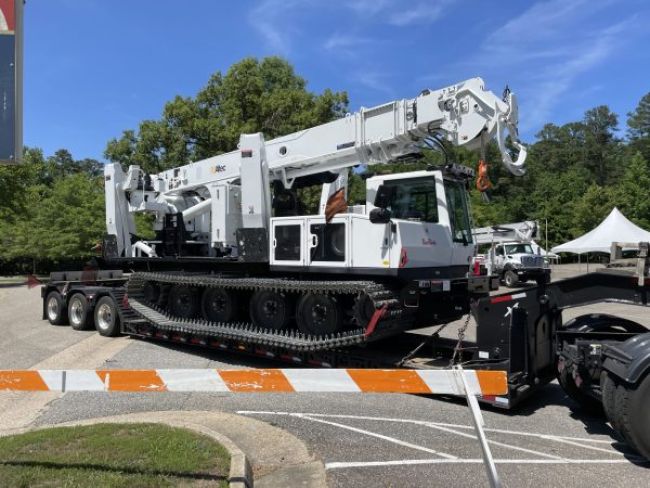
How to Spec All-Terrain Tracked Carriers for Aerials and Derricks
Follow this 10-point checklist to select the right carrier for the job.
How can your line crews safely get to power lines and poles that trucks can’t reach?
That’s where all-terrain tracked carriers with aerial platforms and digger derricks come in. A tracked carrier is a heavy-duty off-road vehicle – with continuous tracks instead of wheels – that transports equipment, materials or personnel across challenging terrain. Its design assures stability and minimal ground pressure, making the vehicle ideal for soft, uneven or rugged landscapes without tearing up the surfaces it crosses.
But when you consider that these machines can cost anywhere from $250,000 to $750,000 or more, how do you ensure you select the right carrier for the job? Use this 10-point checklist as a guide.
1. Total Payload
“Choosing the right chassis for your payload is the starting point,” said Scott Merrill, vice president at PowerBully (www.powerbully.com). “You don’t want to overspend on a 36,000-pound-capacity chassis when your equipment only requires half of that. Likewise, an 18,000-pound chassis won’t suffice for a 100-foot aerial. Match the chassis weight capacity to your actual needs, even if it comes at a higher cost – it’s a necessary investment for safe and efficient operation.”
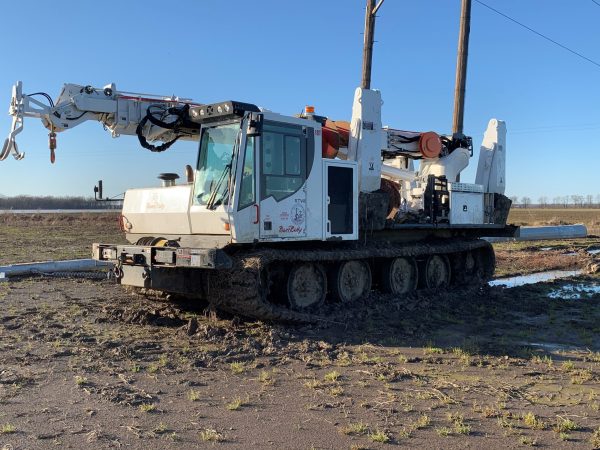
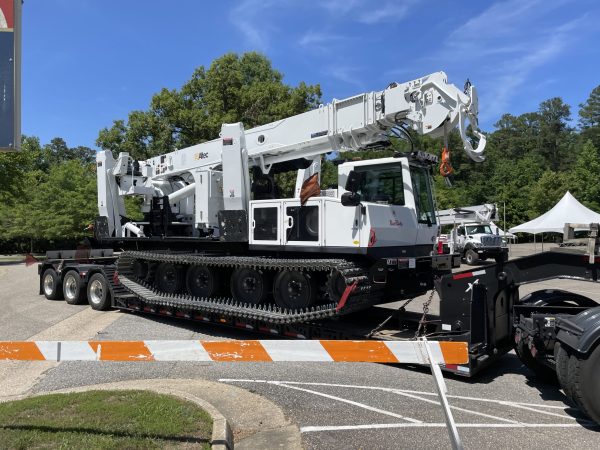
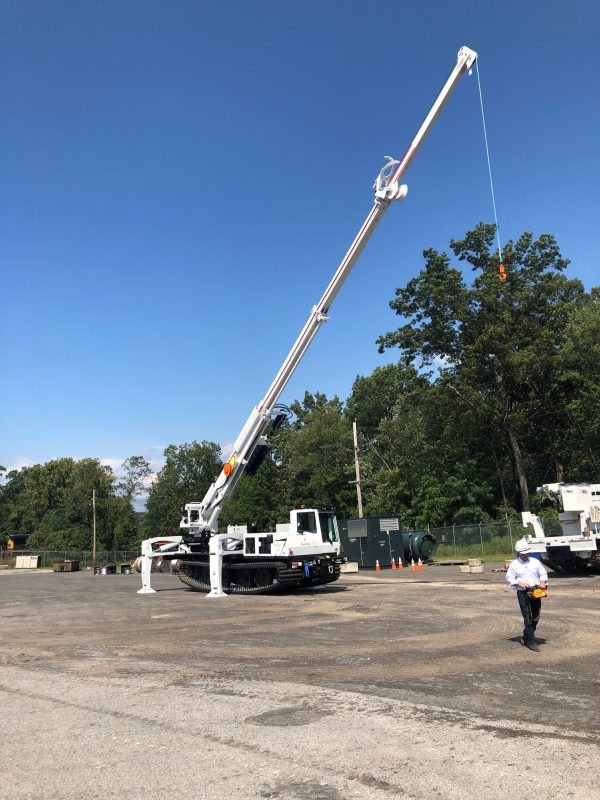
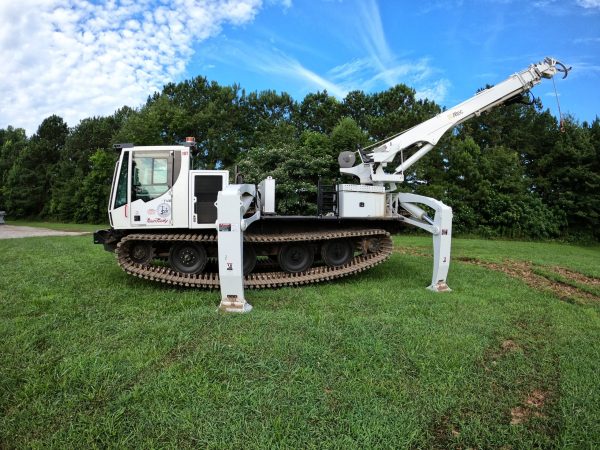
2. Aerial Platform Capacity and Capabilities
“When it comes to the aerial aspect, the key considerations are the working height and whether the basket needs to accommodate one or two people and additional materials and tools,” said Tavis Renglich, sales manager at UTV International (www.utvint.com).
Working height refers to the maximum height that the platform can safely reach.
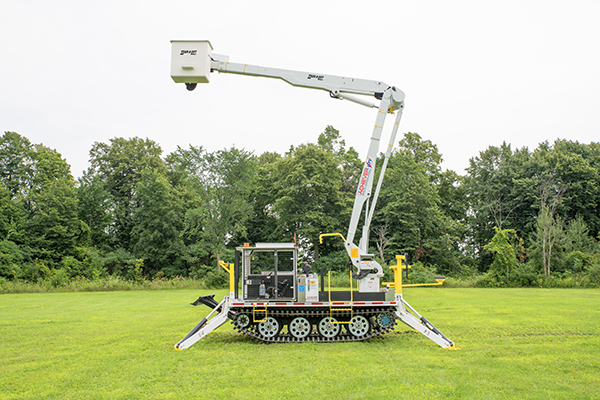
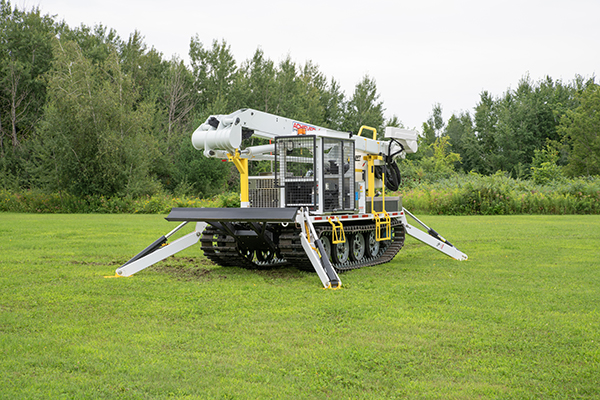
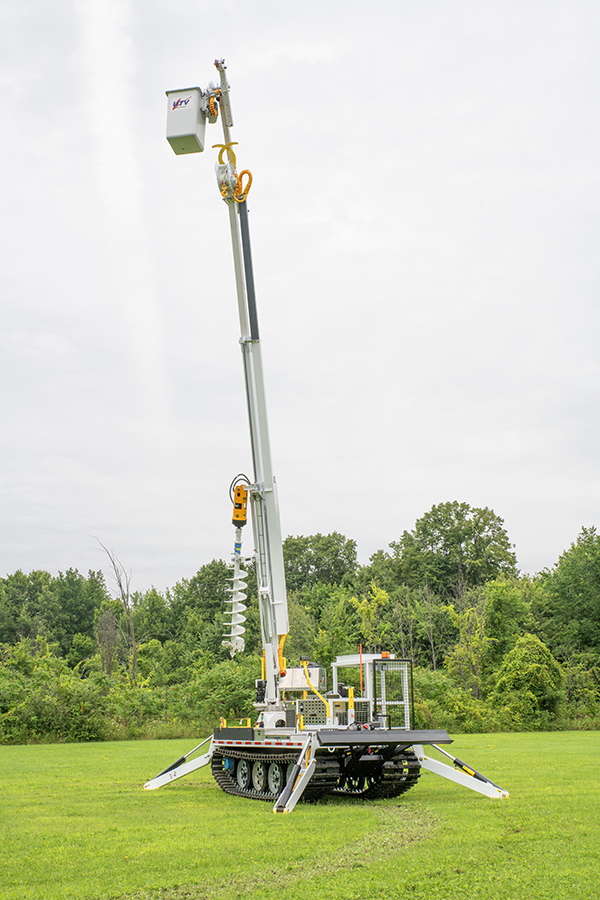
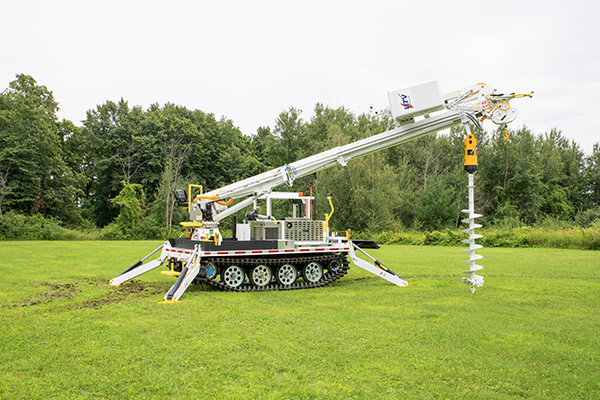
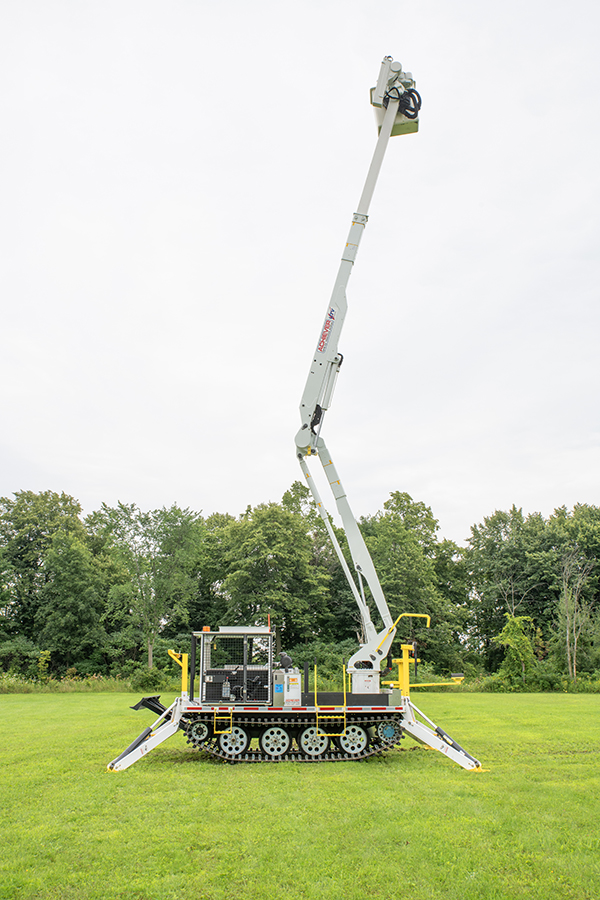
3. Digger Derrick Capacity and Capabilities
“The first consideration when spec’ing derricks is the size of the poles you’re working on, which determines the working height you need,” Renglich said. Other factors include weight capacity – the maximum weight the digger derrick can safely handle – and jib capacity, which dictates how much weight the derrick’s extendable arm can lift when extended to its maximum reach.
4. Tracks
“Track selection depends on terrain,” Renglich said. “A one-piece rubber track might do if the machine operates on mostly smooth and level terrain. But if you find that it needs to operate on rough terrain with ditches, rocks, steep inclines, water, and heavy-duty mud and snow, you need more robust tracks that offer the maximum traction and durability.”
5. Climate Conditions
For colder climates, consider options like winterized tracks and extreme cold packages. Winterized tracks are designed to maintain traction and durability in icy or snowy conditions, which are crucial for safety and functionality. Extreme cold packages may include features like engine block heaters, specialized lubricants, and insulation materials designed to keep the machine running smoothly even when temperatures drop to extremely low levels.
What about extreme hot temperatures? Add an enclosed air-conditioned cab to ensure operator comfort and safety.
6. Controls
Should you spec a steering wheel or dual stick controls?
“The steering wheel controls are more intuitive and easier to operate for crews not familiar with operating heavy equipment,” said Brett Barlow, engineering lead at PowerBully. “But some fleets have operators who prefer the precision and control they can get with the stick. So, operator preference and ability are some things the fleet manager will need to factor into their decision.”
7. Overhang
Overhang refers to the tracked carrier’s parts or equipment that extend beyond the main body. Excessive overhang can be a limitation when maneuvering through narrow environments or deep ditches. “You need a lot more space to turn the machine around [with an excessive overhang],” Renglich said. “You also need to be careful if you’re crossing ditches where you might end up with the boom hitting the ground before the rest of the carrier does.”
One way to reduce the overhang is to spec a telescopic boom whenever possible.
8. Lighting
“If you have to operate in low light conditions or at night, make sure your carrier is equipped with sufficient lighting options to ensure a safe and effective work environment,” Barlow said.
9. Fording Depth
Fording depth refers to the maximum water depth that the carrier can safely cross. This is critical if the carrier trudges through streams or flood conditions of 3 to 4 feet.
10. Telematics
Telematics systems offer in-depth, component-level insights into the carrier. “It’s not just about finding out where the machine is but understanding how it’s operating,” Merrill said. “When problems arise, [the telematics system] generates diagnostic codes, enabling more precise and, in some cases, remote problem-solving. Telematics has become essential for fleet managers who want to improve their machines’ operational efficiency and uptime.”
The Bottom Line
Selecting the right all-terrain tracked carrier isn’t just about cost; it’s about investing in the safety, efficiency and longevity of your equipment – and your line crews. So, whether it’s an aerial platform or a digging application, use this 10-point checklist to help ensure you’re investing in a machine best suited for the job.
Photo Credit: PowerBully
- How to Best Interview Fleet Personnel
- How to Best Deliver In-House Technician Training
- Tire Procurement Strategies for Utility Fleets
- The Utility Expo Returns to Louisville
- The Impact of AI and Machine Learning on Telematics
- What’s New in Aerial Lift Equipment in 2023?
- Be Prepared for the ‘Big One’
- Reflection and Respect
- Using Power Tools in the Bucket
- How to Spec All-Terrain Tracked Carriers for Aerials and Derricks

